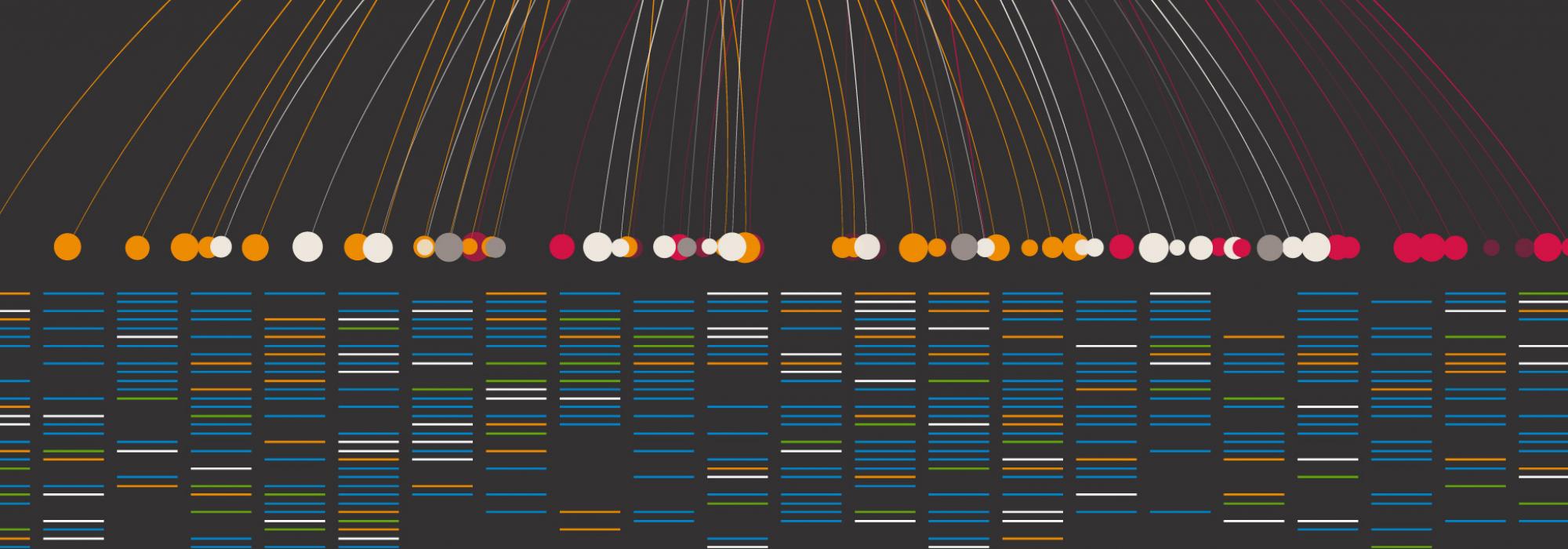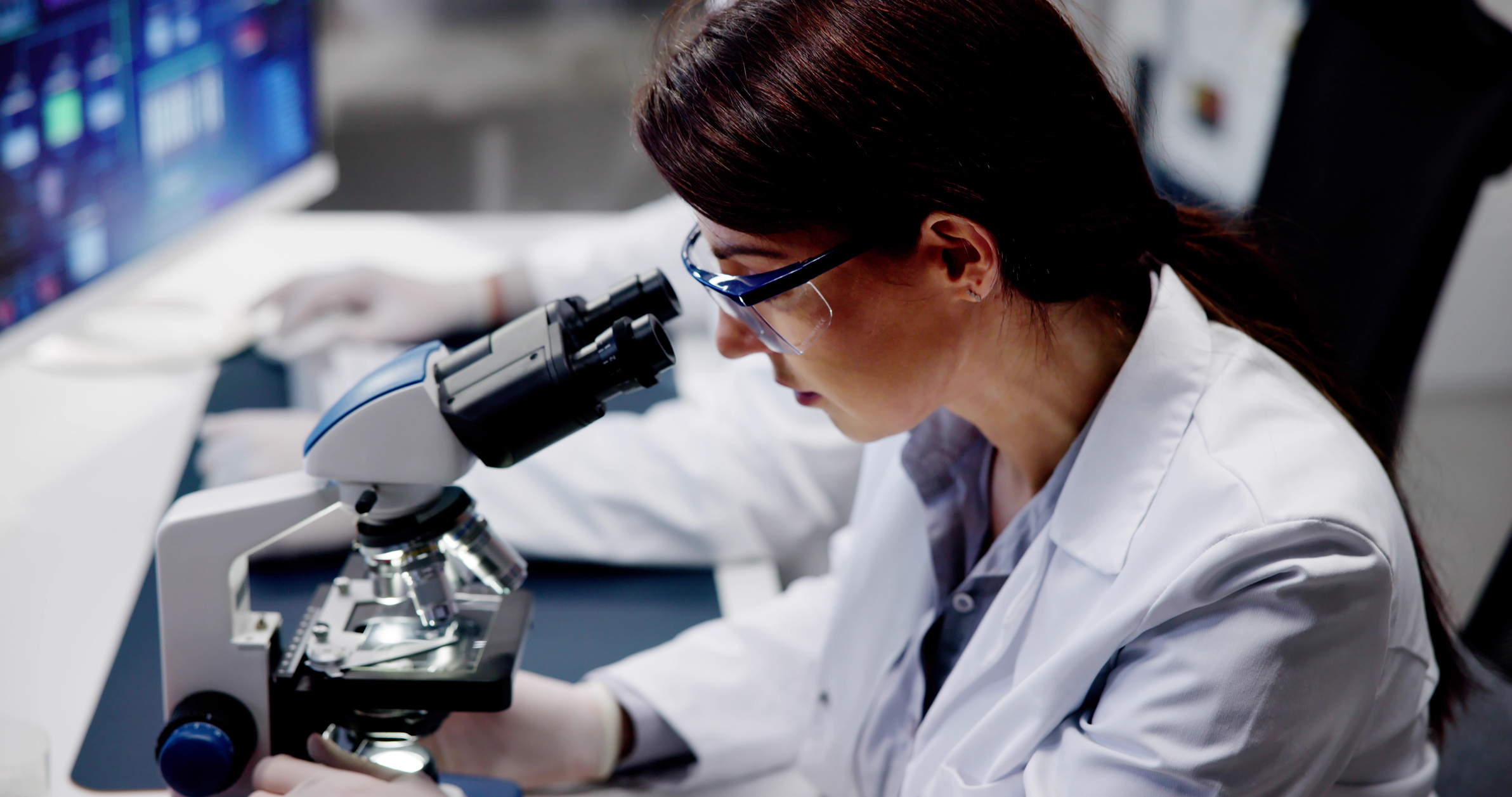
A blog article by Ashlie Reker, Ph.D.
Recent research reports indicate that 9 out of 10 leading causes of death in the United States are influenced by genetics (Khoury, M. J., 2014). Another report posits that 40% of diseases are influenced by genetics (Vandette, K., 2019). Scientists are familiar with the role methodology can play in the variance of reporting, and the accuracy of reported statistics will continue to improve as research tools improve – continuously improving knowledge is the magical power of science! Suffice it to say; it is clear now that genetics are critically important in disease susceptibility, prevention, (and with the advent of genome editing technology) cures.
Recently, the Francis Crick Institute hosted the Third International Summit on Genome Editing. The 3-day event focused on current and future genome editing applications and discussed equity, access, and governance of therapeutic implementations.
Several FDA-Approved gene editing techniques, including treatments for cancer, blood diseases, and ocular disorders, are currently available. Gene therapies alter genes by removing, adding, or altering genes that have been identified as etiological factors of disease. One often publicized gene editing method is CRISPR (Clustered Regularly Interspaced Short Palindromic Repeats). CRISPR relies on a unique protein called Cas9 (CRISPR-Cas9) to locate a desired gene and change its expression, abating the severity of a disease or curing the patient of their condition altogether. For a brief overview of how CRISPR-Cas9 adds a gene into a cell, watch Gene Therapy Inside Out. You can find other detailed resources at the end of this article.
But how far is too far? One primary ethical concern facing those in genome editing is extending the therapy to embryos and germline cells, that is, eggs and sperm- extending any edits onto potential offspring. While this seems like a potential silver bullet to eradicate heritable diseases, it also allows for the opportunity for enhancement- think super soldiers or designer babies. The cost-prohibitive nature of genome editing is also vital to acknowledge. Individuals of lower socioeconomic statuses will likely be prevented from accessing medical or cosmetic therapies developed using CRISPR or similar technologies. This potential disparity was brought to the global population’s attention at the previous International Summit, where He Jiankui announced that his lab had successfully edited the embryos of twins at risk for contracting HIV.
Genome editing offers incredible hope to millions of people through both human editing and editing parts of the environment: for example, reducing the ability of mosquitos to spread malaria. RockStep Solutions supports the use of cutting-edge science to develop breakthrough therapies. Our in vivo research and data management software, Climb, allows researchers to easily keep pace with the demands of the rapidly evolving landscape of genome editing. Managing transgene lines for model development, efficacy, and safety research is easy and intuitive. Comprehensive experimental methodologies and data are encrypted in rest and in motion using the Azure cloud. This makes data collection, analysis, and reporting possible at any time from anywhere. Climb simplifies the international collaboration required by such a critical paradigm shift in research innovation and human health, letting researchers focus on progressing the science.




